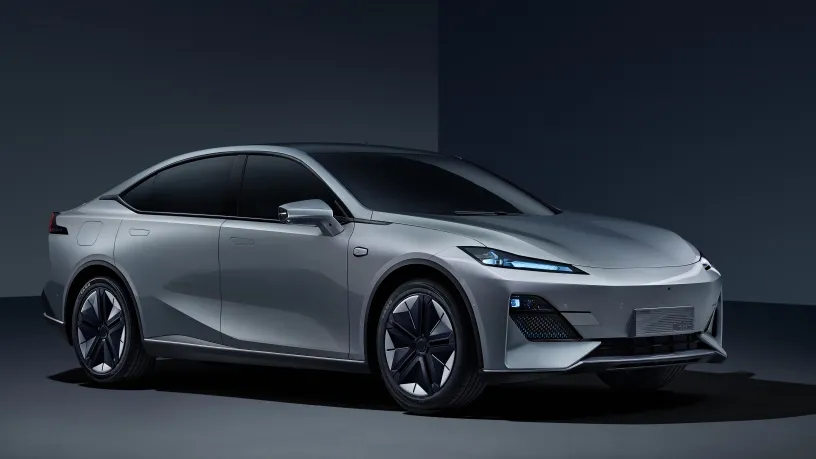On August 24, Changan Automobile held a Technology Ecology Conference, a summit forum and a product forum in Chongqing, respectively, in the morning and afternoon. Although called a forum, the conference can actually be viewed as Changan Automobile’s strategic release conference for intelligent electrification transformation, with a huge amount of information and an impressive presentation.
For example, Changan Automobile’s chairman Zhu Huarong stated, “We will invest 150 billion yuan (for intelligent electrification transformation) in the next 5 years.”
By comparison, when Lei Jun announced Xiaomi’s plan to build a car, he said that the company planned to invest $10 billion in the next 10 years, which is about 64.8 billion yuan. Changan, a car company that already has a sales volume in the millions, is investing 150 billion yuan in transformation. This figure is too exaggerated to even anticipate. What will this money be used for? Has there been any progress? What kind of heights does Changan want to reach in the future?
The forum provided explicit disclosure as well as subtle subtext.
New Cars, New Technologies, New Platforms
The heaviest releases of the day were two new cars, internally code-named E11 and C385.
E11 is the first new car of “Avita,” a Changan internal incubation project. The entity previously belonged to a joint venture between Changan and NIO, but Changan later took over the project and introduced strategic partners Huawei and CATL to support the electronic and electrical architecture and electrification technology respectively, jointly launching the CHN platform (named after the first letter combination of Changan, Huawei, and CATL). The company plans to enter the capital market as a whole, with independent financing and operation, and this release of the E11 marks the first appearance of the Avita brand to the public eye.
The E11 is scheduled to make its formal appearance later this year, and this release only shows its side face. The front part reminds people of the UNI series, but other details remain extremely mysterious.
C385 is an EV hanging Changan’s banner. In some sense, it is more worth looking forward to than E11. Just from its appearance, Changan has lived up to its brand strength in design, and its attitude towards pure electric transformation is bold enough, adopting a resolute no-mouth EV design.
From the technical application of the C385, one can also see its strategic importance. The two core technological achievements introduced in the afternoon at the forum-the superscalar electric drive and the remote unmanned valet parking system-will be first installed in this model and pushed to the market.The core technology of Changan’s Super Integration Electric Drive is high-frequency pulse heating. Changan claims that this technology can quickly and uniformly heat the battery pack in extremely cold environments, raising the temperature by 20 degrees Celsius in just 5 minutes. At the forum, Changan conducted simulated tests with its laboratory, taking 5 minutes to raise the battery pack from -30 degrees Celsius to just under -9 degrees Celsius, performing well in functionality. If the actual environment can fully replicate the test performance, the problem of EV decay in cold weather will be greatly alleviated.
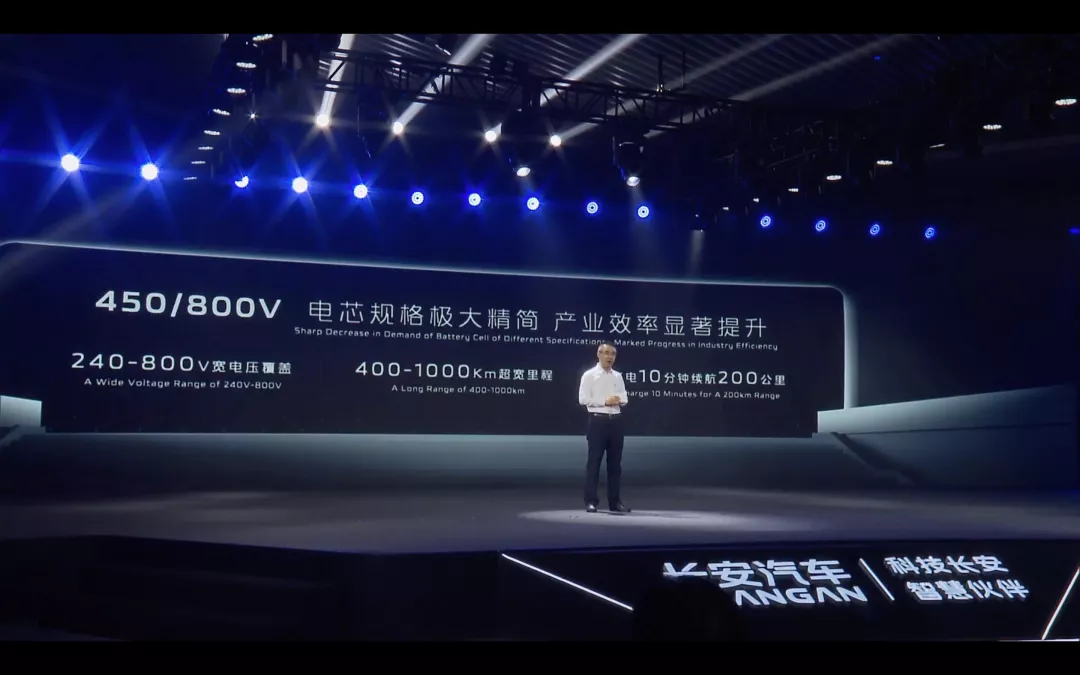
The remote unmanned valet parking system allows car owners to park outside the garage and have the system take over self-driving to complete the parking process of queuing, passing through barriers, finding a parking spot, and automatic parking.
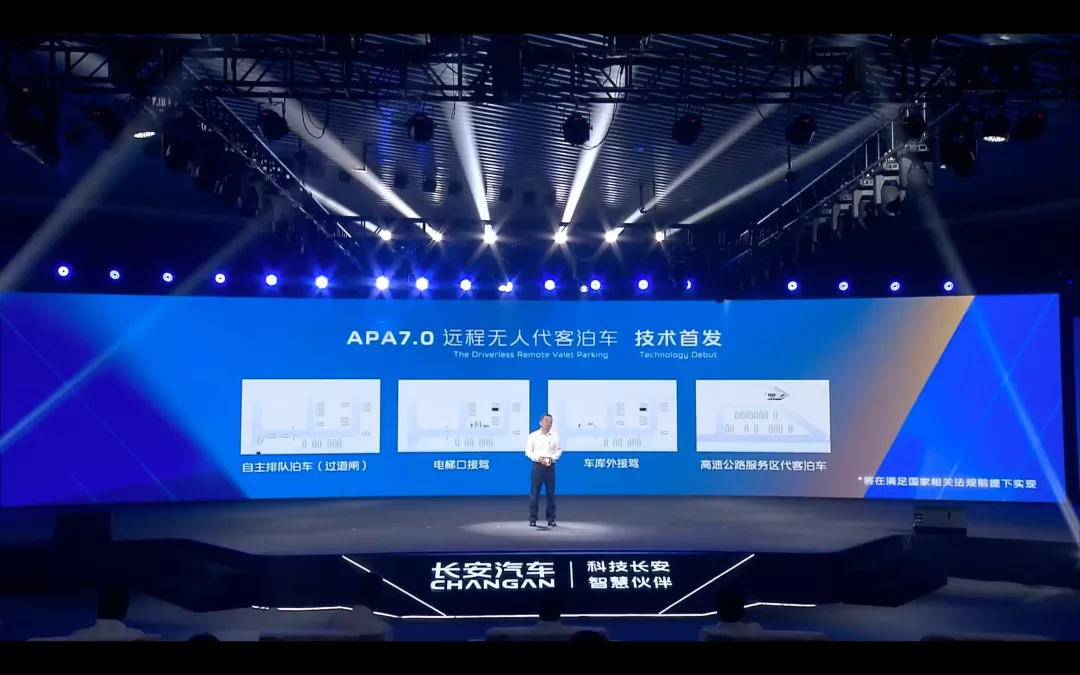
In addition to the high-end CHN platform developed in collaboration with Huawei and CATL, Changan’s mid-to-low-end platforms, EPA0, EPA1, and EPA2, will be integrated into the SDA platform architecture, aiming to establish a more suitable foundation for intelligent EV development.
Despite Avita being Changan’s most attention-grabbing project at present, the truth is that Changan’s new energy vehicles are what truly embody their current core technologies.
Changan’s situation regarding new brands is different from its rivals such as SAIC and Dongfeng. The latter two do not have strong domestic brands, so they are more willing to launch new brands with a fresh image to compete in the new field of pure electric vehicles. Changan’s own brand is already in the top tier of domestic brands with an annual sales volume of over one million, and still has a considerable degree of brand assets even as it moves forward in the smart EV industry. This can be seen in the luxury brand’s transformation, with BMW and Mercedes-Benz both launching new cars within the brand, while weaker Volvo is rebooting the Polestar brand, hoping that the latter, which does not carry the burden of being a “second-tier brand,” can start anew with a clean slate.
The value of Avita lies in not having any pressure to complete a “senior’s unfinished business” like Zhi Ji, Lan Tu, or Polestar, but being able to boldly be itself. Changan also emphasized several times during the forum that it would delegate authority to Avita and allow it to operate independently, which is the most reasonable and scientific approach. In fact, the more independent Avita becomes, the better it is.
In this way, both Changan and Avita have a promising future.
Targets for the next 4 and 9 years# Changan Sets Targets for 2025 and 2030
Changan has announced its mid-term and long-term targets for the future, which are expected to receive ample support from its new architecture and new products:
- By 2025, Changan aims to sell 3 million Changan-brand vehicles, with new energy vehicles accounting for 35% of its total sales.
- By 2030, the company hopes to sell 4.5 million Changan-brand vehicles, with new energy vehicles accounting for 60% of its total sales.
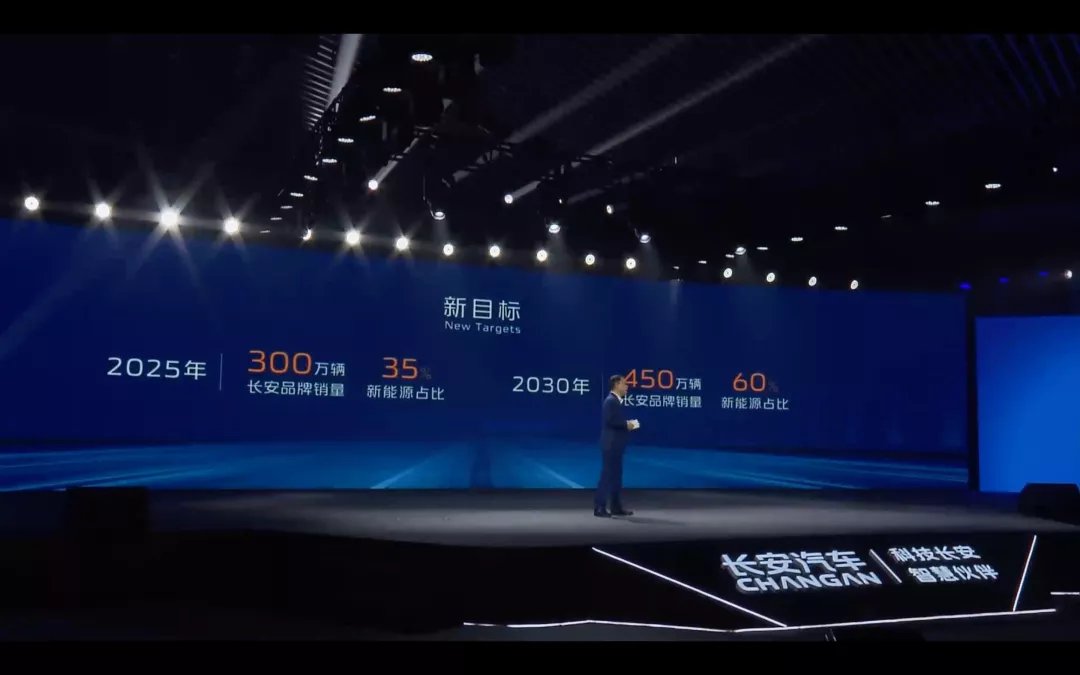
At this juncture, it is difficult to judge whether these targets are cautious enough or bold enough. For example, Idealsee has set a target of 1.6 million unit sales by 2025. Consequently, Changan’s plan to sell 1.05 million new energy vehicles, which accounts for 35% of its total sales target in 2025, is apparently not high. However, its target of 4.5 million annual sales by 2030 is close to Honda’s performance in 2020 (4.79 million). Therefore, its ambition appears to be significant.
Nevertheless, the fundamental reason why Changan dares to set these targets is essential, as many speakers at the forum have emphasized that the “automotive industry is facing the greatest change in a century.” This statement is generally agreed upon, and the turmoil is precisely the condition that gives every participant an opportunity.
In other words, today’s traditional car companies including Changan are all fearful but ambitious. They could beat others or be beaten by them.
Another important change that directly faces the consumer market in the forum is Changan’s announcement of the channel status of its car and beauty stores; there are now more than 300 stores, and several speakers have mentioned “direct reach to consumers.” Although many are still pretending not to see it, the consensus has already been reached, and direct sales are the mainstream. The 4S model must change to survive.
In the market-facing segment, Changan has made the necessary changes and layouts for what we should see today. This is also the message that Changan wants to convey, not to the market but to its partners.
Forum Without Facing Consumers
During the three-hour forum, Changan announced a series of technical layouts for future intelligent EVs, which involve electrification, electronic and electrical architecture, cloud services, intelligent cabins, connected vehicles, and all technical topics related to intelligent EVs. Many speakers used a large number of terminologies and professional vocabulary, and many expressions stopped at the conceptual level without further explanation of what these things would bring to consumers.
Because this was not an event for consumers. This event which was more like a press conference had to be a forum. The reason it could be a forum is because it attracted the voices and participation of industry scholars, supply chain star companies’ executives such as CATL and Huawei, Norinco Group leaders, and Chongqing government leaders, among other non-Changan insiders. (The superior unit of Norinco Group leaders can be considered non-Changan insiders).Thus, the audience heard expressions like “let’s do it together” and “join us” multiple times during the event. It was more like a call for supply chain partners and a statement of support for existing important collaborators – “Believe in Changan”.
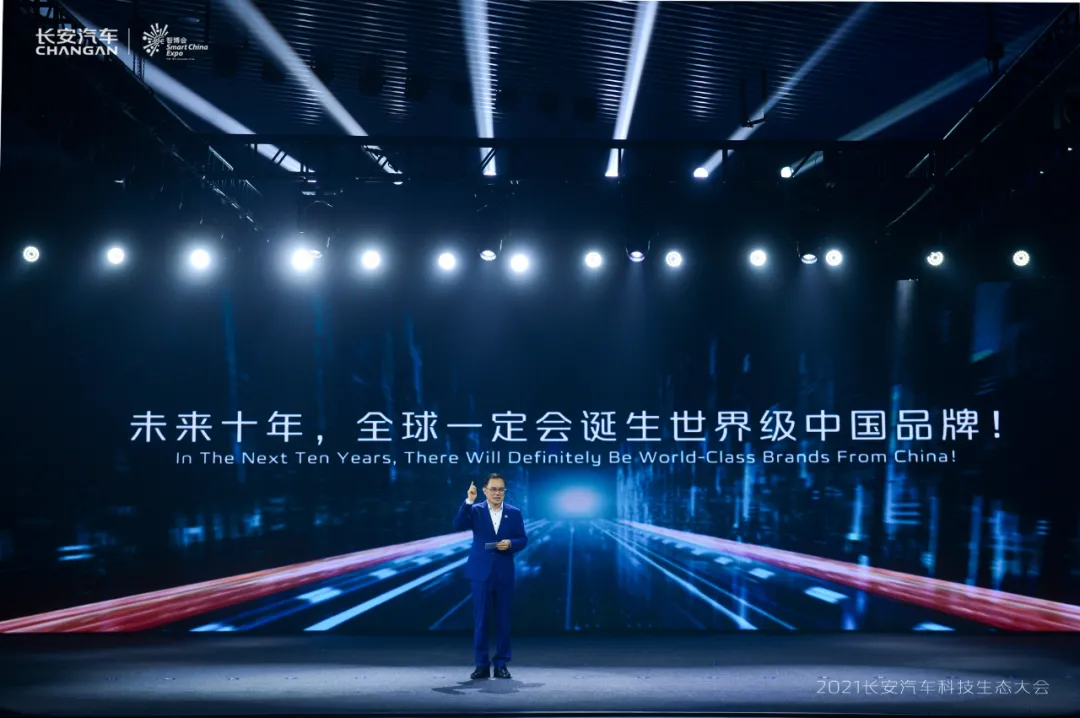
Zhuhuarong said, “Changan must be one of them.”
The fact is that among the major central enterprise automotive groups undergoing electrification transformation, only Changan emphasizes cooperation the most. Other automotive groups, such as Dongfeng, have not made any statements or explicitly rejected being tied to Huawei, opting to cultivate themselves.
Why is Changan taking this attitude?
The reality that has to be faced is that among the several major central enterprise automotive groups, Changan has the least joint venture resources. To be blunt, only Changan Ford is able to create relatively sufficient profits. To some extent, this is also the reason why Changan had to invest more energy and strive to achieve breakthroughs in independent brands, which has also yielded corresponding returns. However, the immutable fact is that Changan still has a relatively thin foundation compared to other major domestic automobile groups. The 150 billion yuan is also a gesture of “we have the ability to invest”. Changan needs external support and trust.
For this reason, Changan’s transformation also appears more resolute. Without so many joint venture brands as a cash cow, Changan’s foundation is far less robust than that of SAIC, FAW, Dongfeng, whose core business is millions of annual sales of self-owned fuel vehicles. With such a marathon-like large-scale event to declare its determination to transform, Changan is really reforming and changing itself. While gaining trust from others, this may also be a way for Changan to cheer itself on.
This article is a translation by ChatGPT of a Chinese report from 42HOW. If you have any questions about it, please email bd@42how.com.
